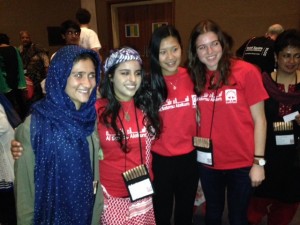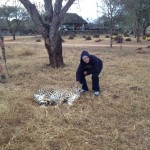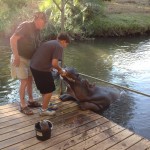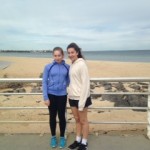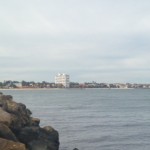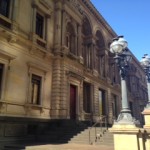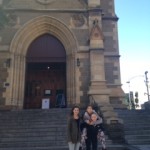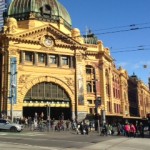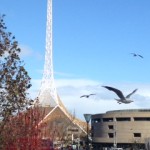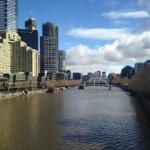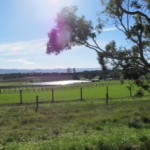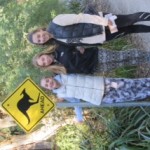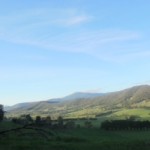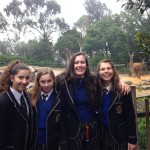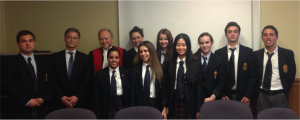![photo 2[2]](http://wearelcc.ca/wp-content/uploads/2014/10/photo-22-300x225.jpg) In a week full of unimaginable highlights, our trip to Petra might have been the greatest highlight of all. After Shobak Castle, we traveled two thousand years back in time to Petra. I’m trying really hard not to feel uncharitably smug thinking of my siblings who are, at this very moment, getting ready to go to school. I am failing, because I know how lucky I am. Petra has got to be one of the places one must see before dying.
In a week full of unimaginable highlights, our trip to Petra might have been the greatest highlight of all. After Shobak Castle, we traveled two thousand years back in time to Petra. I’m trying really hard not to feel uncharitably smug thinking of my siblings who are, at this very moment, getting ready to go to school. I am failing, because I know how lucky I am. Petra has got to be one of the places one must see before dying.
We are dazed by sleep, still dazzled by last night, when we had dinner at the Bedouin camp. The legendary Bedouin hospitality is not exaggerated. We ate traditional Bedouin fare and danced to Arab music in a setting straight out of the Aladdin of my childhood. All around us were mountains of sandy rock in which caves were nestled. A few of the caves were adorned with lights. In the light of dawn, it feels as if last night was a dream.
Today is Friday and our alarm clock is the call to prayers. The voices raised in unison to call Allah make us shiver with excitement. It is a call that has been heard for centuries, and in this particular setting it is thrilling.
Petra lies in a valley that runs from the Dead Sea to the Gulf of Aqaba, and its geographical location alone sounds like an Arabian poem. Petra is a rose colored archeological city, surrounded by mountains. I say “rose coloured”, but it is not an accurate description. It is in turn orange and red and pink. It is, and really, this is not an hyperbole – spectacular. Petra was, over two thousand years ago a sprawling city with an enviable water supply system. It attracted caravans of rich merchants on camels from Egypt and Arabia. Two thousand years later, we are the one flocking to Petra, awed by the tombs and temples carved directly into the red stone. I have to say it: this is so cool.
It is impossible, when climbing 900 stairs to quiet the flutter in my stomach. This feels like the greatest of adventures. We enter a square, in a burst of sunlight. It is dazzling, both literally and figuratively. I must have seen the picture of Petra’s Treasury a thousand times before today, but it is now in front of me, for real, and the effect is surprisingly stunning. There are dozens of facades, kilometers of baths and temples and tombs, partly built, partly carved into the stone. We visit a monastery.
It is all fascinating, but it is the image of the dozens of children who hustle, desperately trying to make a few dollars from the over privileged tourists that I will take away with me to LCC. I will not forget them. This is a trip of realizations that will spur us to action. I will also take with me the image of Spencer, Maxim, Nora and Sabrina riding away on camels and donkeys. The rest of us tamely take the 900 stairs back down to reality. – David Elbaz ’15 – Round Square International Conference, King’s Academy, Jordan

